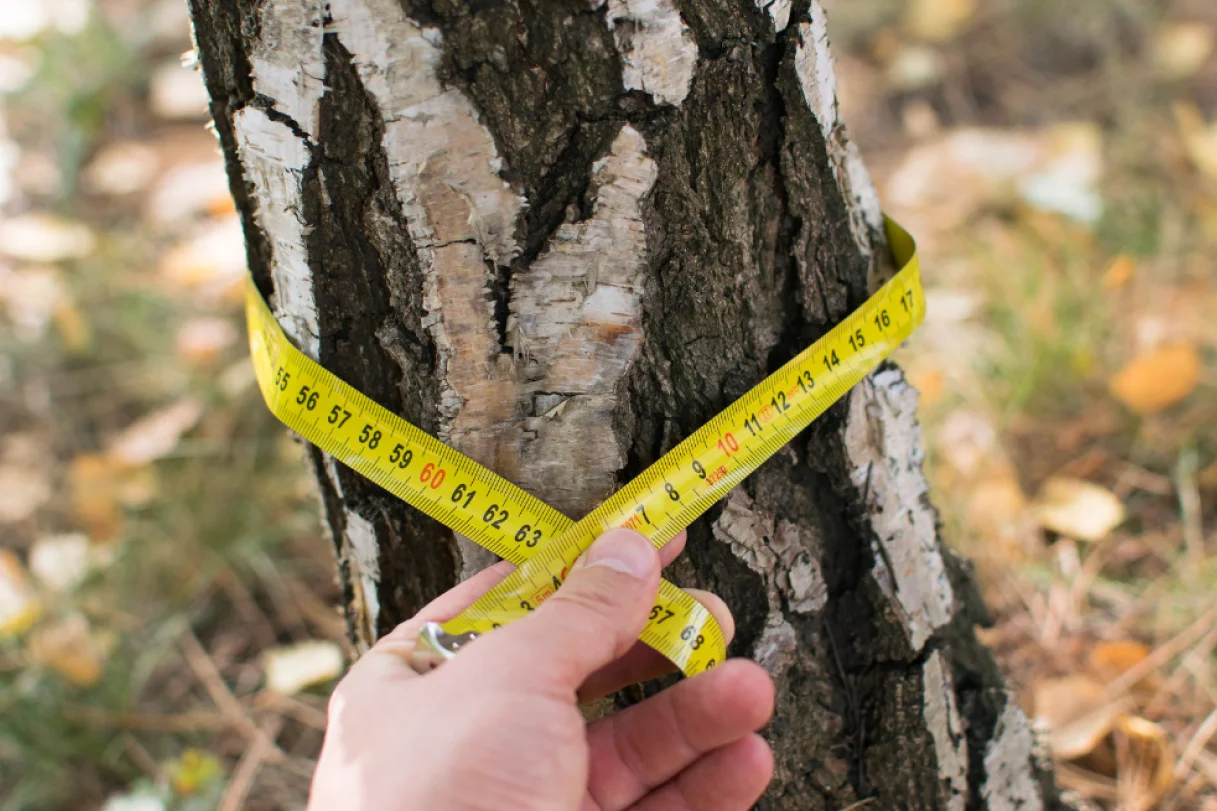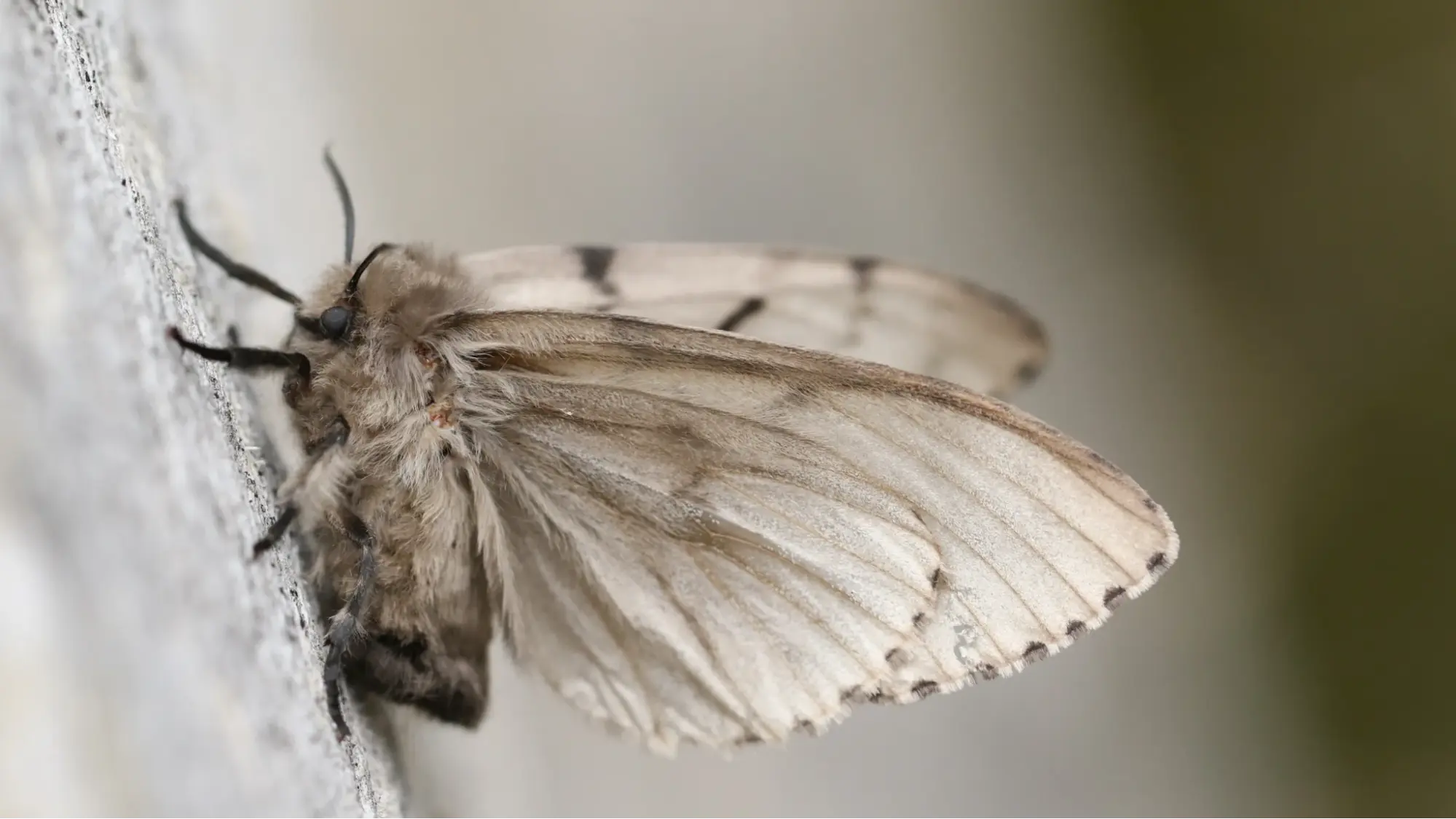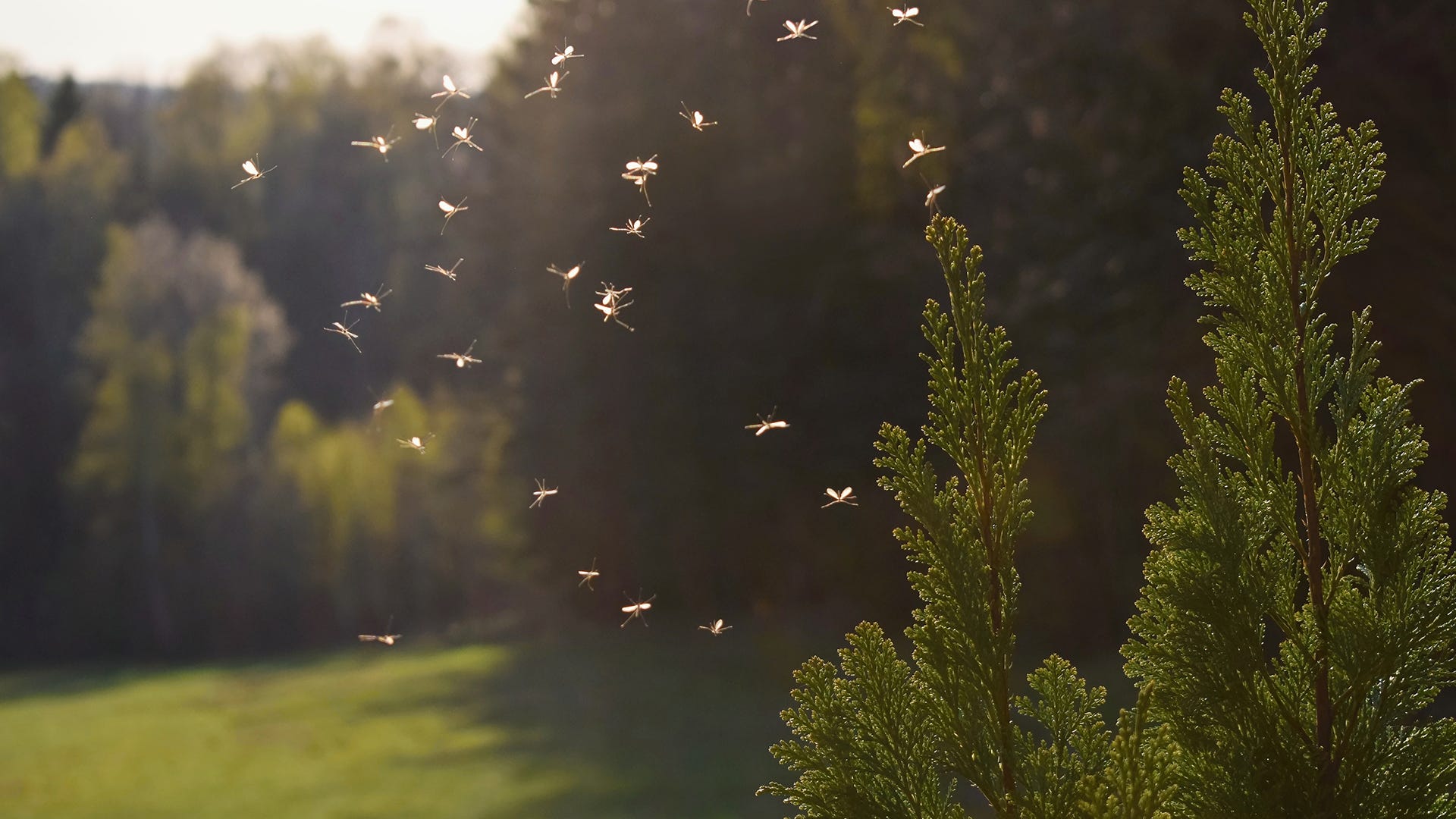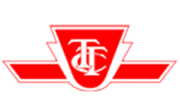Tree diseases aren't warm and pleasant things. Among the potential harm they can cause are dying leaves, branches and, in more severe cases, the demise of a whole tree.
Keep reading for a review on how the most common tree infections are caused, how to recognize them and how to control and treat them.
1. Anthracnose
Anthracnose is brought about by a gathering of various growths that attack leaves, twigs, blossoms and is responsible for an incredible amount of tree and bush sickness in north America. It tends to be found among most tree species, however the most notable effected are sycamore and blossoming dogwood. Indications of Anthracnose vary by environment and tree. Sycamore anthracnose is usually cause for leaf defoliation and twig scourge. Dogwood anthracnose can causealmost every part of the tree to be affected, bringing about defoliation and branch dieback.
Control: When managing sycamore anthracnose, start treating the issue with the use of fungicides about two weeks before bud break. The best product for this specific Anthracnosedisease is thiabendazole. For dogwood anthracnose, foliar applications should start at bud break and continue throughout the development season. In the case of dogwood anthracnose, propiconazole is a powerful fungicide to use.
2. Apple scab
Apple scab is an early season leaf illness that generally effects crabapples. Some infected crabapples are more difficult to manage than others. When this disease is rampant enough, scab-like patches will form on the tree’s leaves, causing defoliation.
Control: Generally just an issue of appearance, this type of disease is usually only a problem if individuals find the defoliation caused by it visually objectionable. It can be dealt with through the use of fungicide applications, such as fenarimol, starting at budbreak.
3. Cedar rusts
Cedar rusts are common foliar illnesses of rosaceous plants, like hawthorn and crabapple. Similar to apple scab, a few tree types are easier to treat than others. When infected, orange or rust colored leaf spots form, usually during the spring. Twig ulcers caused by this disease can also form, and cause dieback.
Control: This infection can be dealt with through the applications of fungicide on the infected regions, starting at budbreak or when orange spore masses develop on junipers. A great product for controlling rust infections is triadimefon.
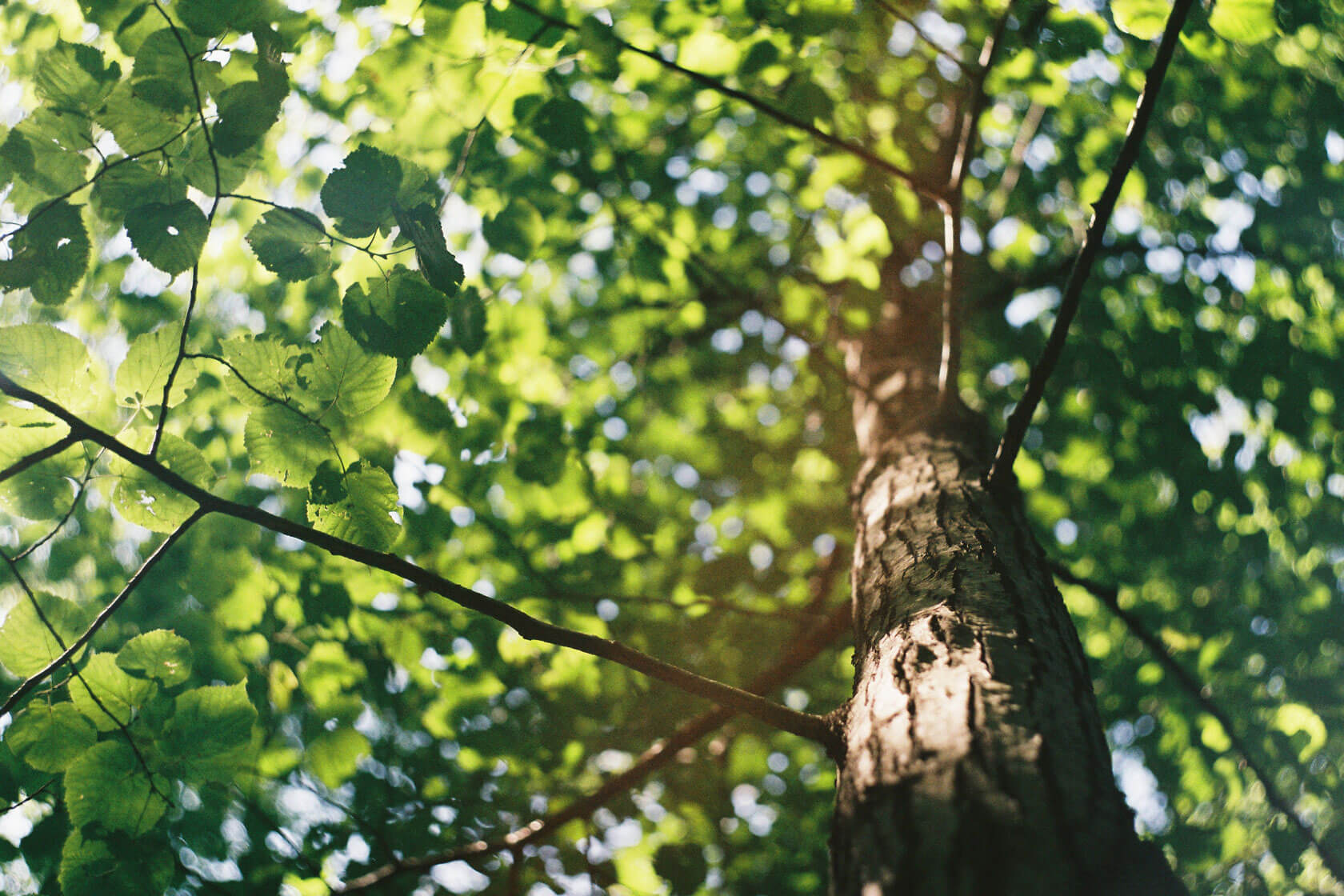
4. Diplodia tip blight
Diplodia is a typical sickness seen in different types of pines. The illness generally begins to develop at the base of the tree and advances upwards.When infected, branches and needles on a tree continue to grow regularly, prior to becoming contaminated and dying. Common side effects of this disease include dead shoots and heaps of resin.
Control: Management of this type of infection incorporates frequent disinfection, pruning as well as the application of fungicides starting at bud swell. A helpful element for the control of Diplodia is thiophanate-methyl.
5. Dothistromaneedle blight of pines
Dothistroma needle blightis a parasitic infection that causes defoliation in developed trees, and a hindering of growth in younger trees. Among the effects of Dothistroma are yellow or tan colored needles in the fall, usually trailed by needle tip dieback.
Control: For the management of this disease, employ the uses of a defensive fungicide at budbreak. Products with mancozeb are generally known to be the most effective in treating this infection. Pruning out seriously affected branches can likewise help in dealing with this sickness.
6. Lethal yellow of palm
Lethal yellowis a common illness found in palms. Caused by microbes, this disease is delivered by a planthopper bug. Side effects of this infection usually vary by tree species. In any case, blossom demise and leaf yellowing are common indications of Lethal yellow of palm. Infected palms die three to five months following getting the disease.
Control: Preventative treatments of anti-toxins can help manage this sickness. A viable product in treating this disease is oxytetracycline hydrochloride.
7. Oak Wilt
Oak Wilt is a common illness that causes tree demise. The sickness is usually transmitted by bugs that carry the infection. While the initial effects of this disease are leaf shrivel, staining and defoliation, the infection’s most notable element is vascular discoloration.
Control: It’s important to note that when infected with Oak Wilt, trees in the white oak family can be treated, while trees in the red oak family can't. For prevention, infuse trees with a fungicide, for example, propiconazole, during the development season.
8. Powdery mildew
Powdery mildewis brought about by various parasitic microbes that develop on a tree’s surface, creating white mycelia and spores. Leaf, bloom and shoot dieback happen when these organisms attack tree tissue. As the degree of disease builds, this tissue gets dried and browned.
Control: As a general approach, try to select disease resistant assortments of trees, abstain from planting in shaded areas, and practice frequent sanitation. Start fungicide applications when manifestations of this infection are first noted. A good product for the control of this disease is triadimefon.
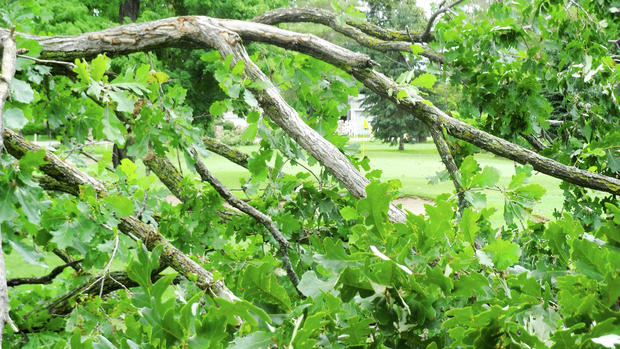
9. Photinia Leaf Spot
Photinia leaf spot is mostly found in red tip photinia, Indian hawthorn and loquat. Infections of this parasitic microbe begin as little and red spots on leaves and stems. Spots then blend into huge blotches across effected regions of the tree.
Control: To prevent this disease, tryplanting trees in sunny zones and applying fungicide at the sign of infection. Start treatment at budbreak and continue applications until most of the leaves have developed. Items with propiconazole are usually the best at combatting this type of infection.
10. Thousand canker disease
Thousand canker diseaseis transmitted through infected insects and creates little growths around various regions of a tree. Over time, these blisters blend together, covering branches and stems. Foliage in the upper parts of infected trees will often wither and yellow. Trees can be infected for quite a long time prior to actually showing indications of this disease.
Control: Once a tree starts to decline due to infection, it will often die. Currently, there are no synthetic management options for the control of this disease.
Tree diseases can be a perilous thing, and can often cause worry, confusion and distress. Upon discovering troubling issues with your trees, it’s essential to consult an arborist for their recommendation on what to do.
If you're unsure about the best way to protect your trees, a Toronto arborist can provide expert guidance on disease prevention and tree care management.
